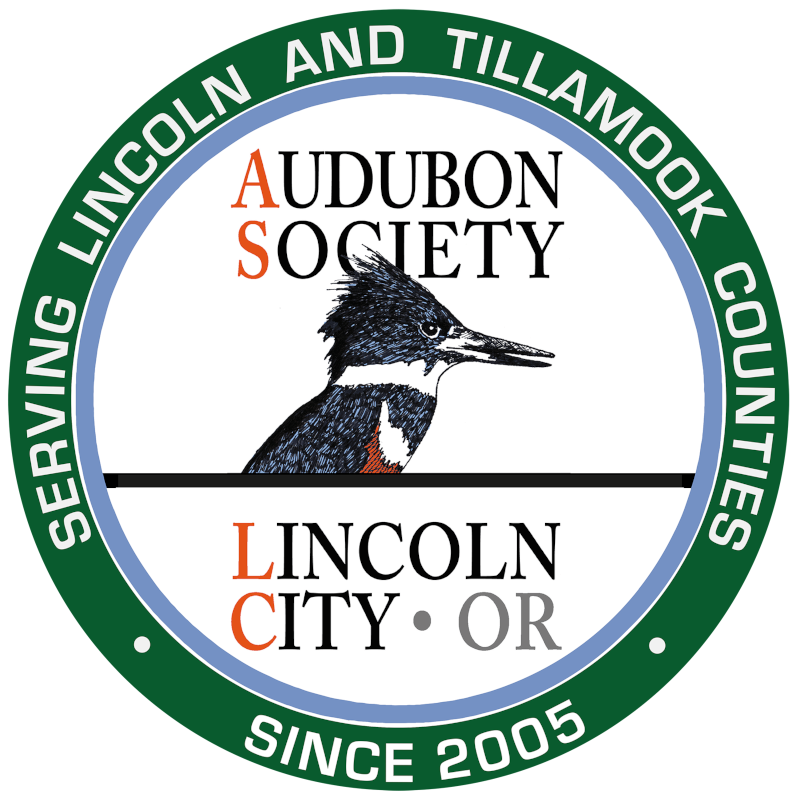TAKE ACTION TODAY to protect endangered and threatened species!
Wilson River Oregon by Julie McWorther
Raise your voice. It can be difficult and intimidating to wade through hundreds of pages of potential plans, regulations, and rules that control how our local habitat is managed by state and federal agencies. We know that you want to be part the process, to advance the best outcomes for things we care about: water supplies, birds, wildlife, and the habitat that supports them.
Let us help you promote Alternative #3 of the Draft Environmental Impact Statement in support of Oregon Department of Forestry’s (ODF) Western Oregon State Forest Habitat Conservation Plan.
The Plan, prepared by ODF, is currently under review by federal wildlife agencies. Under auspices of the National Oceanic and Atmospheric Administration (NOAA), this plan addresses the habitat needs for 14 threatened and endangered species. These include the Northern Spotted Owl, Marbled Murrelet, coastal marten, and many species of salamanders, salmon, and steelhead.
The plan’s required 60-day public comment period is open right now. This is your chance to create a lasting legacy of conservation on state lands. Tell decision-makers you want a balanced management plan: one that protects wildlife, allows recreational opportunities, ensures clean air and water, and helps to stabilize the climate for generations to come.
Please submit your comments today to NOAA and ODF through this link.
Feel free to adapt any or all of these points:
I recognize and applaud the work of our state and federal agencies in developing a Habitat Conservation Plan for Western Oregon’s State Forests. I support Alternative 3: Increased Conservation, as described in the Draft Environmental Impact Statement.
I support wider riparian buffers to protect our streams, safeguard water supplies, and provide critical habitat needed to promote the recovery of endangered fish and other aquatic species.
Northern Spotted Owl, Marbled Murrelet, red tree vole, and coastal martin populations are threatened and/or endangered as a result of decades of human activity. Modern industrial logging practices have resulted in disturbance, destruction, and fragmentation of mature forest habitat.
Conservation Actions 6, 7, 8, and 10 as described in the EIS should be seen as absolute minimum standards needed to protect threatened and endangered species.
Protection of interior forests with enclosed canopies and complex structure is critical. Habitat Conservation Areas of adequate size and contiguity are key to survival of terrestrial species such as Marbled Murrelet, Northern Spotted Owl, and coastal marten.
ODF should emphasize ecologically focused management of our state timber lands and allow them to become mature, diverse forests that can and will provide highly suitable habitat for threatened and endangered species.
ODF must recognize habitat fragmentation as a serious threat to endangered species and should strive to promote habitat connectivity across the landscape.
Ecologically focused forest management must include retention of the oldest, largest trees on the landscape during regeneration harvests. Retaining these features on the landscape will eventually result in the stands of old growth needed to provide refuge and dispersal habitat in areas outside of Habitat Conservation Areas.
It is time for ODF and the Oregon Board of Forestry to move beyond a timber-centric, business-as-usual approach to forest management.

